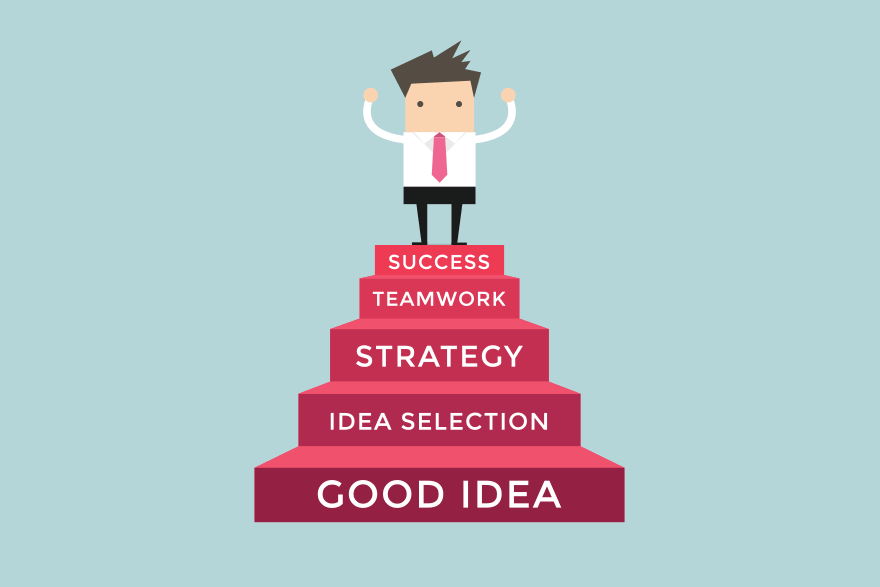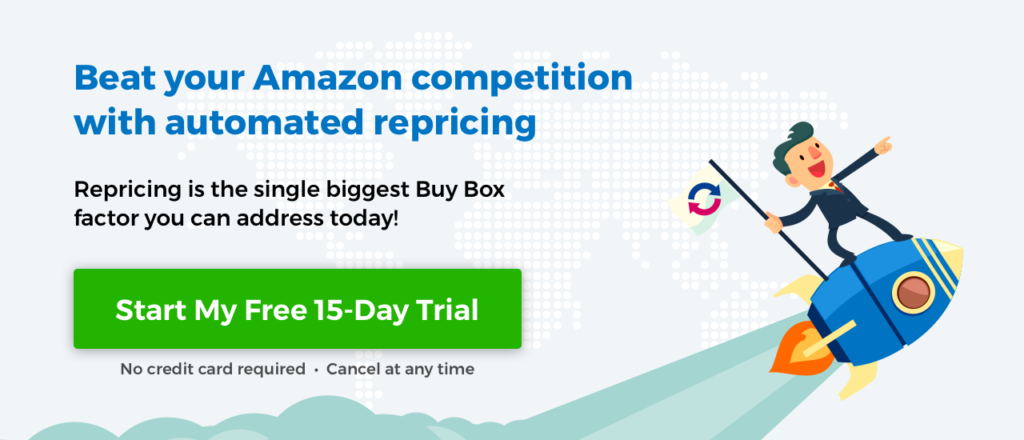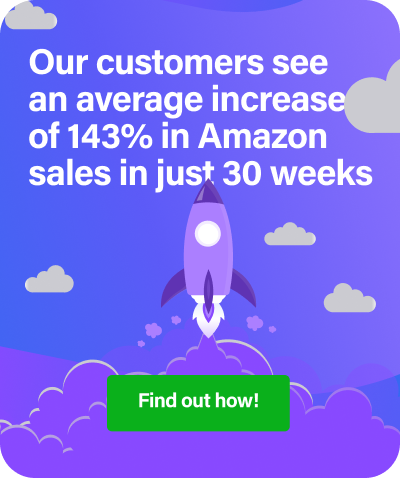Think you know everything there is about pricing items on Amazon? Think again! RepricerExpress has a few FBA pricing strategies you should be looking at more deeply. Using the right strategy at the right time can mean more sales, and that extra profit can lead to that much-deserved beach vacation you’ve had your eye on.
1. Use Psychology to Guide Your Pricing Rules
If psychology didn’t play any sort of part in buying, then all item’s prices would always stay the same. There wouldn’t be any specials or discounts, there wouldn’t be different colours used on different products, and there wouldn’t be product photos.
But psychology does play a role in selling, and here are some valuable tips you should be taking advantage of.
- Keep numbers small and easy to pronounce. By shortening how many syllables you use in numbers (i.e. eighteen or fifteen instead of seventeen, or twelve instead of seventy-nine), you can increase your chances of landing a sale.
- Show different prices for similar products. Let’s say you’re selling socks. A good way to use this strategy is to feature two different pairs: one could be something high quality, like durable hiking socks, and the other could be regular gym socks (which are the ones you actually want to sell). By showing the lower price of the regular socks beside the higher-priced hiking socks, you can increase your chances of moving more pairs of the ordinary socks because people think they’re getting a deal.
- Ending numbers in 9. This one is a pretty common strategy, but for a couple reasons. One, people see the price as being lower than it is because it doesn’t appear rounded up. Two, they see it as belonging in a lower price category, even if the difference is only a penny.
2. Connecting with the Right Audiences
If you don’t know who your audience is or how to reach them, your chances of selling something to them are almost nil. Every successful seller on Amazon understands a fair deal about who they’re trying to reach, and asks themselves the following questions.
- Who buys my products, and where do they live?
- How much do they spend on my products, and what’s their cut-off line?
- What’s their usual method of choosing products and then purchasing them?
- How much, and what kind, communication do they want with me?
- What appeals to them, and what turns them off?
If you’re still stuck on how to target your audiences and reach out to them, put yourself in their shoes by doing a little shopping yourself. Write out a grocery list, and ask yourself all of the above questions. It’s an inexpensive way to collate the questions that need answering about how to truly understand your audience.
3. Not Staying Married to Just One Strategy
If you’re really lucky, you’ll have found one or a couple pricing strategies that really make business boom. But if you’re like the other 99.9% of Amazon sellers, you’ll need to experiment around a little bit to settle on the ones that work best for you. There are oodles of them out there, but let’s stick to the ones that are best known and most efficient.
- Discounting: You can lower prices for a variety of reasons, such as keeping up momentum in the post-holiday slump, or to make a name for yourself if you’re just starting out.
- Loss Leaders: This strategy is perhaps most used by grocery stores where they’ll advertise, on the front page of their flyers, insanely priced foods. It’s all in a bid to get you in the door so you end up buying — and spending — more out of convenience.
- Competition: If you notice Tom, Dick and Harry have lowered their prices, then you may want to do the same so you don’t stick out in a bad way. Alternatively, if Tom, Dick and Harry have raised their prices, you might want to as well. If you keep your prices lower than theirs, you might grab more sales, but it’ll be at the cost of a higher profit margin.
- Bundling: This is when you group a bunch of similar products, or products that can be used in conjunction with each other, for a cheaper price than if they were all bought individually. As a bonus, show buyers how much they can save if they buy the bundled product.
- 5. MSRP: By using the Manufacturer’s Suggest Retail Price, you’re taking a lot of the guesswork out of the equation. The manufacturer has already done all the hard work of figuring out what the item should cost and what the profit margin is.
Conclusion
So you see, repricing isn’t just a matter of making things cost less or more! There’s a whole lot more involved and knowing the finer details can help get you ahead. Once you’ve figured out how to move forward, you’ll want to use RepricerExpress to take care of the grunt work. And while you’re doing that, take one more thing off your mind by enjoying the first 14 days for free when you sign up now.
Related reading: Amazon Repricing Strategies Every Seller Needs to Know




